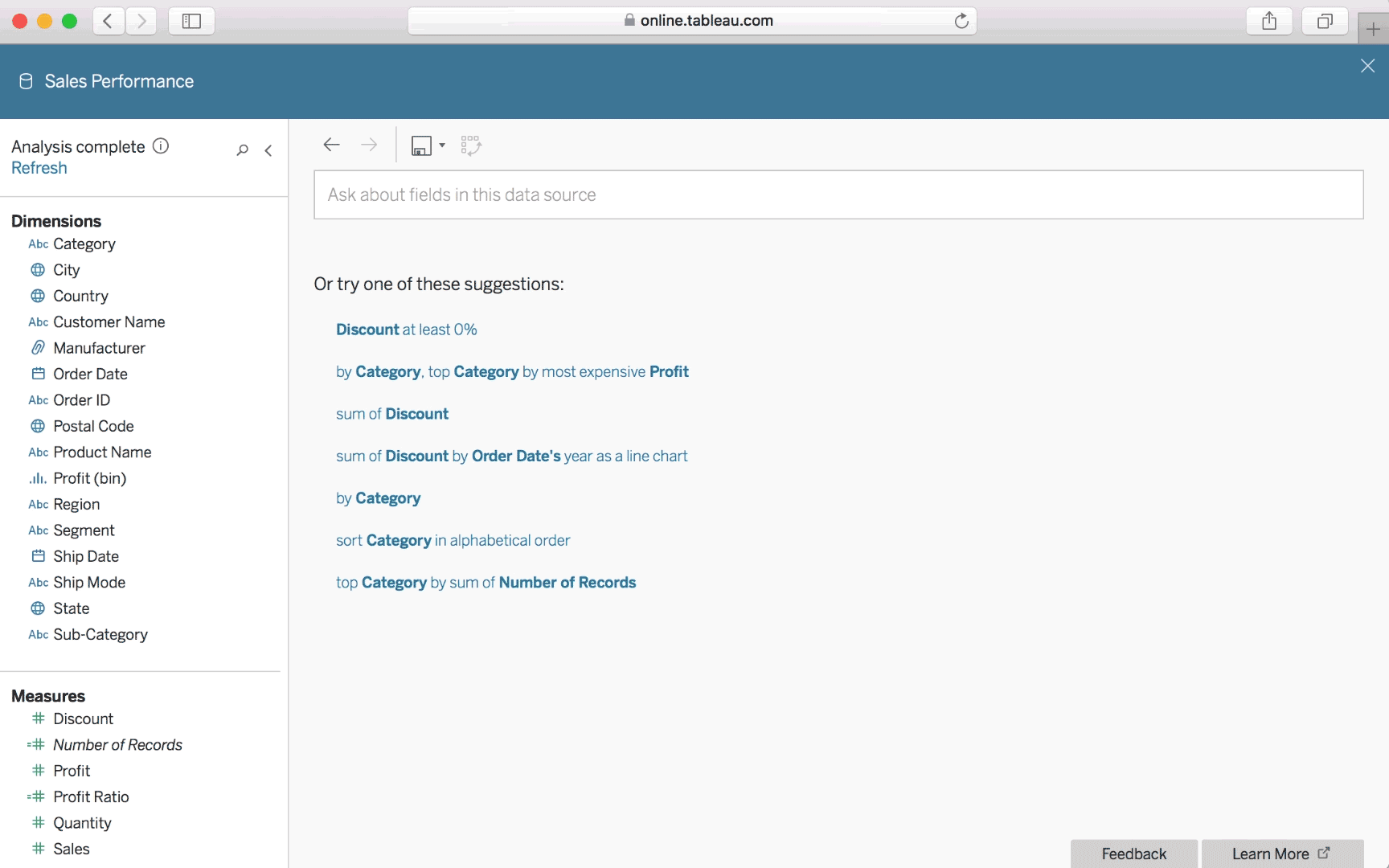Calming the Chaos: Fast-Tracking with Business Intelligence
Does IT really matter?
To help firms make more
data-driven decisions, business intelligence (BI) incorporates business
analytics, data mining, data visualization, data tools and infrastructure, and
best practices.
BI is a broad word that encompasses the processes and methods for gathering, storing, and evaluating data from business operations or activities to improve performance. All these factors combine to provide a full image of a company, allowing customers to make better, more decisive decisions. Business intelligence has developed in recent years to incorporate additional processes and activities to aid success.
And yes, it does really matter. Here are a few examples of how business intelligence may assist firms in making better, data-driven decisions. Companies can identify ways to increase profit, analyze customer behavior, track performances, optimize operations, discover issues and problems, and the like. The figure below shows how companies utilize BI out of their data.
Figure 1. Great BI helps organizations ask and answer questions
about their data.
Future Role of BI: Good or Bad?
Because BI is constantly growing in response to changing corporate needs and technological advancements, the Professional Regulation Commission (PRC) identify current trends each year to keep users informed about new developments. The Licensure and Examination and Registration Information System (LERIS), for example, is now fully operational online, and examinees can now print their own Notice of Admission without having to visit any PRC Regional Office or Offsite Service Center.
The Commissioner of PRC and regional directors
currently have access to the LERIS Core. From the Commissioner's dashboard, he can generate data from all the
regional offices' daily transactions, which include license renewals, exam
applications, document certification and authentication, and other
miscellaneous transactions. With a quick scan, he can identify which regional office performs well in terms of transaction volume and clients served. Regional directors, on the other hand, have
restricted access to the transactions of the regional office only. The organization’s
efforts to exchange data and collaborate will grow as PRC strive to become more
data-driven. Data visualization will become even more important as regional offices
and other related departments collaborate.
References:
www.tableu.com. (2003). Retrieved April 17, 2022, from https://www.tableau.com/learn/articles/business-intelligence


Comments
Post a Comment